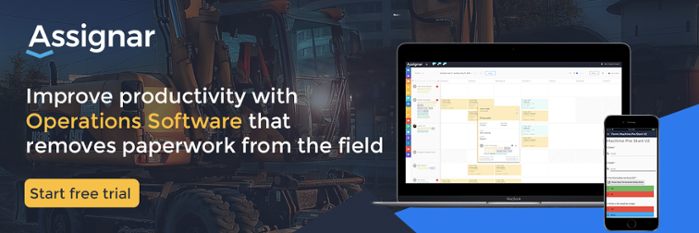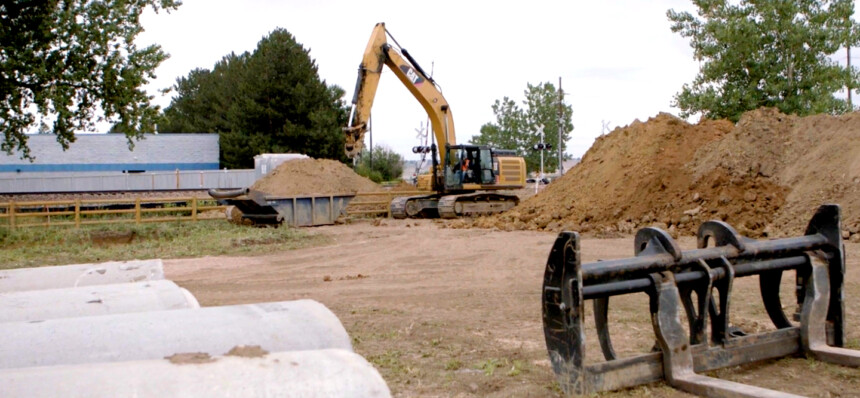Communication with the job site is quite often messy and unstructured. There is much paperwork to be done. Contractors that aim to obtain ISO 9001 certification have to work with many different forms and logs. Add the timesheets, and user manuals, and you have an immense pile of papers around the jobsite. Many papers get lost, leading to a lot of communication back and forth with 0 results.
Getting Forms and logs Done
When it comes to forms, you’ll need a solution that stores forms and logs electronically accessible to your workers. The list underneath shows the forms that are required for ISO 9001 certification, they need to be filled in by different people (customers, workers, operation managers). Building a systematic way that allow you to collect the right form from the right person can be difficult. However an online platform like Assignar might be able to help. By tagging groups of workers, and customers you can easily set up automated messages and request to fill out forms. All form data is collected in one platform (in real time). Allowing you to get insight in your projects’ success.
The old systems are too slow and complex
Most forms are currently processes as followed: Workers have to fill out the form, at the end of the day they bring the paper form to the office. The operation manager process the form by inputting the data into Excel. (often quite hard to do with all the different handwriting.) If a defect is found, it takes until the next day before it can be actioned.
When automating this process, and avoid double data entry. Construction operations software organizes data collection and storage for any size construction company. Data submitted through forms is sent to the office in real-time, enabling the office to action machine defects or any other issues on the same day. Moreover, the office can report on form results easily. Operation softwares like Assignar come with a data visualizer. Visualize your data to get insight in possible improvements.
Benefits of Automatic Reporting and Analyzing Data
- More accurate data
- Data is complete and goes to the right person
- The data is current and therefore, actionable
- The data can be used for form fill-in and other purposes (information about the cost/benefit of adding a piece of equipment).






